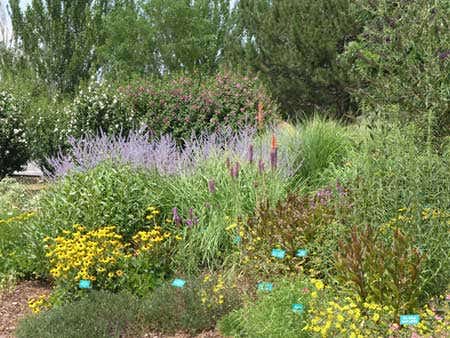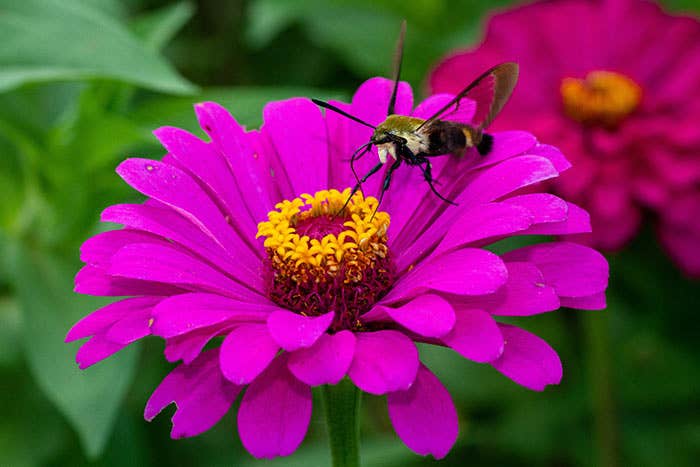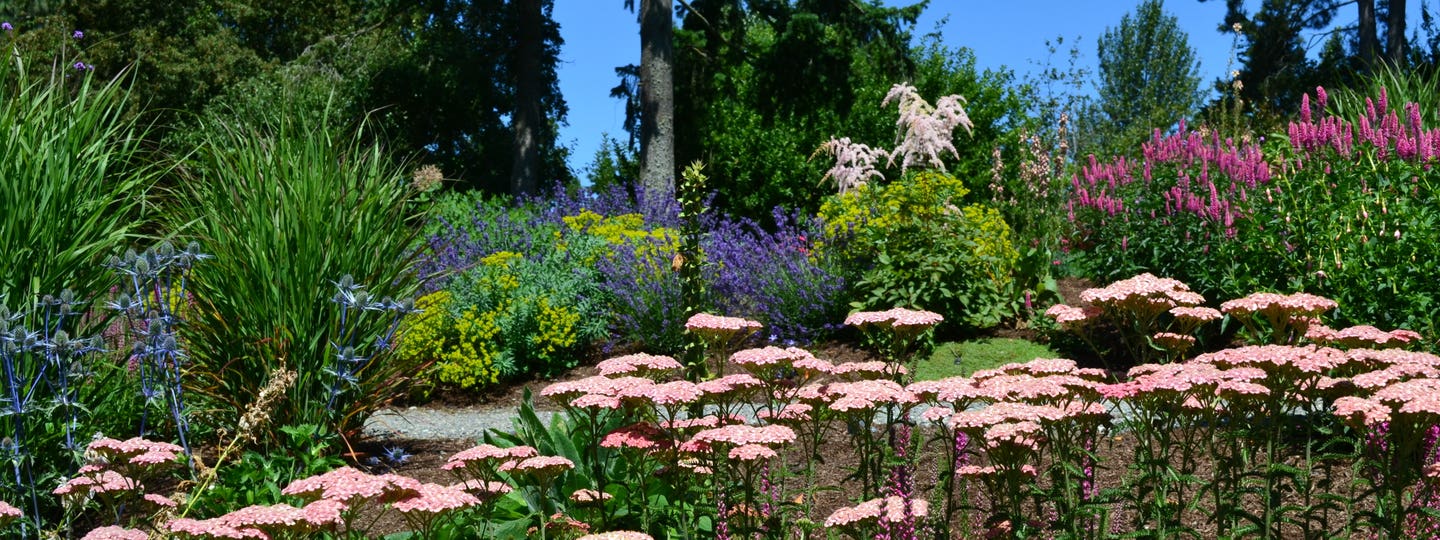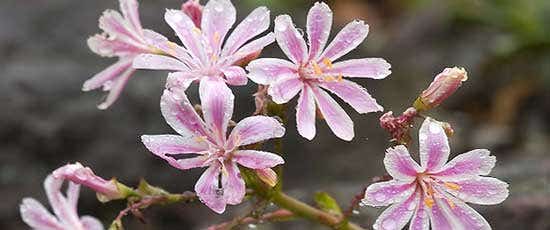David Laskin, author of the book Rains All the Time: A Connoisseur's History of Weather in the Pacific Northwest (Sasquatch Books, 1997), admits that gardening triggered his interest in weather. He enjoys the uncertainty that is such a crucial part of the relationship between weather and gardening. “We can't control the weather, and can barely predict it,” he says. “The mystery and chaos of weather is the last environmental frontier.” While Laskin's appreciation for weather's unpredictability may be” rare among gardeners, an obsession with heat and cold, or rain and lack of it, is one thing we all have in common.
Comparing this year's weather to last year's, or, for us lifelong Northwesterners, to the weather of decades past, is a game replete with arguments no less vehement for the faulty memories involved. I still tell my story about bringing the turkey down to the house on a sled the year we had ice on the ground a week before Thanksgiving. That was November, 1985—the last really cold winter we've seen in this corner of the country.
Northwest novelist Tom Robbins once wrote, “The day was rumpled and dreary. It looked like Edgar Allan Poe's pajamas.” This is the kind of weather we expect—cloudy, drizzly, misty, rainy. But lately summers, and even winters, have been dry, and we're worried about drought. Washington State climatologist Dr. Philip Mote says a few dry summers doesn't equal a trend. “We climatologists are rarely satisfied at looking at anything less than 30 years worth of data to detect trends. Anything less than 30 years is just a flip-flopping around,” he explains. He says that although we have relatively cool summers, where only a handful of days pass 80°F, we share a Mediterranean climate (winters wet, summers dry) with other midlatitude areas downwind from major oceans, such as southwestern Australia, South Africa, Mediterranean Europe, and southern South America. But Mote admits recent summers have been unusual in their lack of rain, a fact he doesn't want to minimize, despite his reluctance to declare any kind of trend in precipitation.
Meanwhile, we're adjusting to plants we'd always thought of as tender, such as abutilon, phormium, melianthus, and loropetalum, now reliably wintering over and taking up far more room in the garden than we ever intended. This is because the winters are warming up, says Mote. In seven of the last ten years the average winter temperature in Washington State has been higher than the long-term average. This means that weeds and pests survive along with marginally hardy plants. Interestingly, and this is true internationally, the low temperatures have been getting higher faster than the high temperatures are rising. Which is why last year I had lemon verbena and coleus winter over in a pot, but still had a tough time getting tomatoes to ripen.





